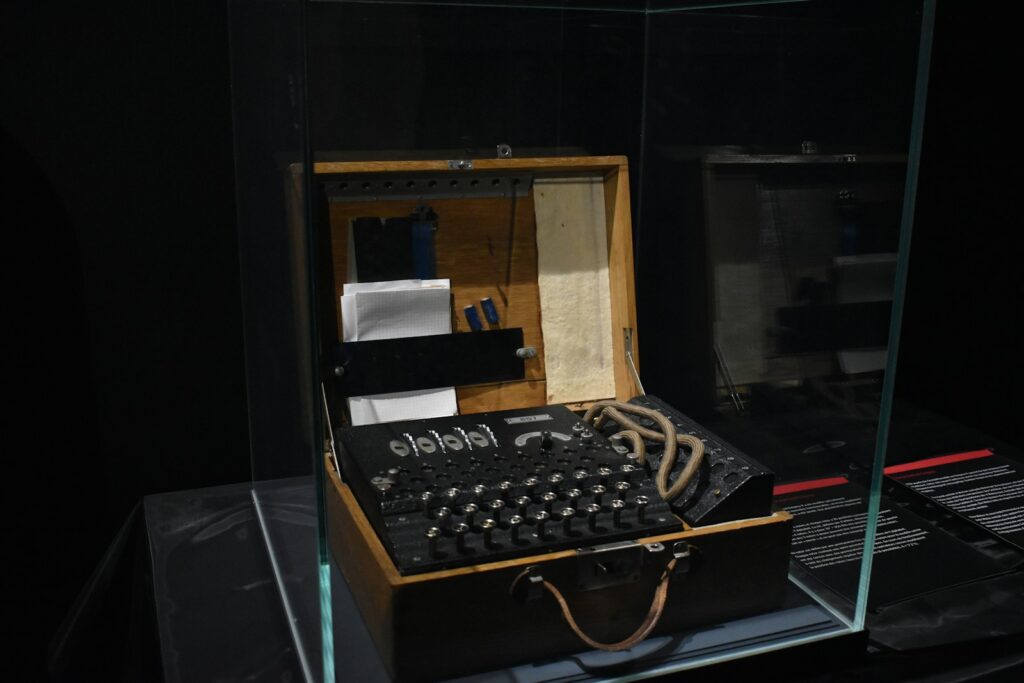On the Clojurians Slack, PEZ brought some delicious Fibonacci performance tuning from the “languages” repo. While I don’t think that benchmark is as useful as mesmerizing the moving circles are in the animated graphs, I had a few very confusing and interesting discoveries.
Step 1: watch Alex Miller’s talk about Clojure’s interop performance. Step 2: learn how to actually do all that stuff. Step 3: notice that recursion does things. Step 4: magic.





